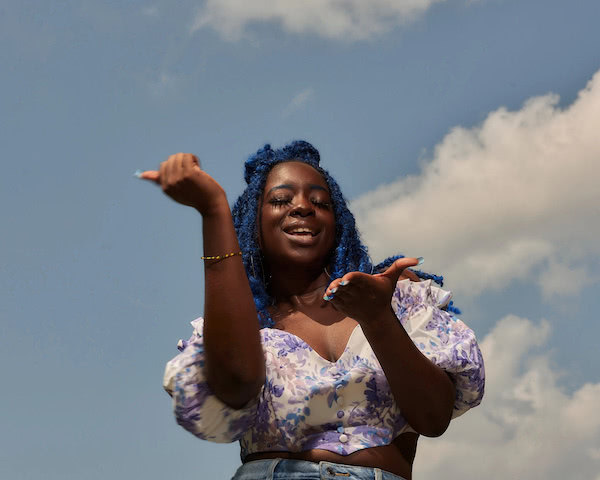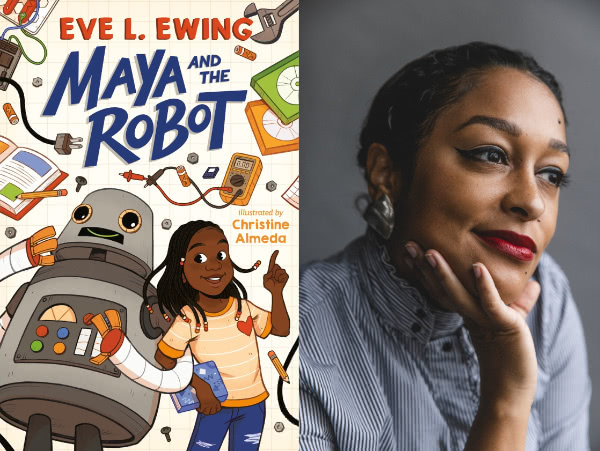If Only We’d Listened to Representative Barbara Lee
As the U.S. withdraws from Afghanistan after nearly 20 years of war, Rep. Barbara Lee reflects on her decision to vote against the war. In fact, she was the only member of Congress to vote against the war. No one joined her. Bernie Sanders voted for it. John Lewis, too. The House vote was 420 to 1. The Senate: 98-0.
Andrea González-Ramírez spoke with Rep. Lee for The Cut:
GONZÁLEZ-RAMÍREZ: Why did you decide to vote against the resolution?
LEE: The Constitution required me to vote no. There was no way. My moral compass and my faith told me we had to try to find solutions that diminished the possibility of violence, even though we do have to bring those who harm us to justice. We didn’t have enough time to determine if the military actually was our only option that would do this.
LEE: My dad was a military officer. He was the first one who called me afterward and said that that was the right vote. He knew that you don’t send our troops anywhere without a clear strategy, without Congress being clear about what they’re authorizing. It was giving up our congressional responsibilities.
The problem with saying Haiti “can’t catch a break”
Jonathan M. Katz, writing for Slate, takes a look at why things didn’t get better in Haiti between the devastating earthquake in 2010 that killed an estimated 250,000 people, and the one that struck this past Saturday:
The foreign predations continued. Haiti’s domestic corruption under the leadership of people groomed and boosted by Washington, Brussels, Paris, Ottawa, and New York got worse. In 2011, Hillary Clinton flew to Port-au-Prince in her role as Barack Obama’s secretary of state, and in effect ordered Haiti’s then president to change the results of a post-quake election. The leader who emerged from that manipulation, a pro-business pop singer named Michel “Sweet Micky” Martelly, presided over the wanton theft of state funds. When an inspector general’s report implicated his handpicked successor, Jovenel Moïse, in the corruption, a wave of national protests broke out—only to be brutally suppressed by state security forces and allied gangs.
Moïse, with the fulsome support of the Trump administration, then presided over the further weakening of the state. He refused to hold a single election during his tenure, overstayed the constitutional end of his mandate, and tried to schedule a likely illegal referendum to revise the constitution in a way that would allow him to remain in office. When he was murdered in his home in July (the architects of the assassination remain unknown), the republic was left with just 10 elected leaders—all members of a remnant Senate. The latest earthquake struck weeks later.
See also: Fellow diaspora: I’m tired of crying for Haiti. Aren’t you?
Biden is expanding Trump’s war on “domestic violent extremism” — and it’s sweeping up Black people
Aaron Miguel Cantú, reporting for The Intercept:
Pugh was part of a breakaway march that had gone toward the highway. During the interview, she said that she’d never been to a protest before and had intended to demonstrate peacefully. But police had penned in protesters at both the front and the back; she feared officers would escalate force against the crowd, so she smashed the window to draw attention to herself while others escaped.
“We were attacked first. I was getting my people out of there … before anything escalated,” Pugh said. “We get killed for less.”
It was more than enough for the FBI to charge her with a felony that carried significantly higher penalties than the municipal misdemeanor charges. What made the crime federal, prosecutors later said, was that the highway on-ramp was a vessel of interstate commerce.
See also: Feds Deliberately Targeted BLM Protesters To Disrupt The Movement
The A.S.L. Interpretation of ‘WAP’ Was TikTok Gold. It’s Also a Problem.
Anna P. Kambhampaty, writing for The New York Times:
Raven Sutton, a dancer and American Sign Language performer, stayed up for the midnight release of “WAP,” the raunchy hit by Cardi B and Megan Thee Stallion. Ms. Sutton, who is deaf, then spent several hours translating the English into A.S.L., figuring out what signs to use and practicing her flow to match that of the artists’ [...]
While Black deaf creators often come up with new, inspiring interpretations, white hearing interpreters are frequently in the spotlight.
Here’s Sutton’s interpretation.
How Black Foragers Find Freedom in the Natural World
Cynthia Greenlee, reporting for the Times:
When Alexis Nikole Nelson was a kindergartner, she counted a honeysuckle tree among her most cherished friends.
She named the tree Priscilla, after her great-aunt. “I wasn’t especially adept at climbing trees,” she told me as we walked through the woods near her home in Columbus, Ohio. “But this tree grew in this curved way that it was perfectly manageable for me to just scamper up, sit in the branches and snack on some honeysuckle flowers.”
One might expect such an endearing origin story from Ms. Nelson, known to her 1.7 million TikTok followers as the Black Forager. An urban adventurer who roams everywhere from Central Park to areas closer to home, the 29-year-old makes short, exuberant videos about edible finds in the woods.
Eve L. Ewing Adds a Dash of Black Girl Magic to STEM-Based Learning
Pui-Wing Tam reviews Ewing’s children’s book Maya and the Robot for the Times:
“Maya and the Robot,” a delightful tale by Eve L. Ewing, champions young people’s interest in technology and the world of science fairs. The heroine is Maya, a shy brainiac who is Black and a fifth grader. The novel takes us through Maya’s first-day-of-school jitters and swiftly sets up a story line where she finds, fixes and amazes everyone with an artificially intelligent robot named Ralph.
Along the way, Maya explores popular tech tools and trends. Emailing with a renowned robotics professor at Stanford? Check. Learning about different types of batteries? Check. Finding out about a flavor of A.I. known as “natural language processing”? Check. The book even weaves a glossary of robotics terms — actuators, anyone? — into the story. Animated by Christine Almeda’s engaging illustrations, it all makes tech and science seem cool, fun and accessible. And the message, to me at least, is clear: Young readers, don’t be daunted by technology and science. Everyone can get into these subjects.
Love of a Black planet: Artist April Bey’s Atlantica soars beyond Wakanda
Carolina A. Miranda for the Los Angeles Times:
“Atlantica, the Gilda Region,” Bey’s first solo museum show in Los Angeles, is an exuberant, sense-tingling journey through an imagined planet where Black people flourish and thrive and arrange for telepathic task management. “In Atlantica, we can solve everything,” says Bey, sitting in her bright and tidy downtown Los Angeles studio. “In Atlantica, you can duplicate your legs. If you need four legs to get somewhere faster, you can do that.”
Atlantica runs through January 17, 2022, at the California African American Museum. More pieces here.
Thanks for reading. See you next week.






